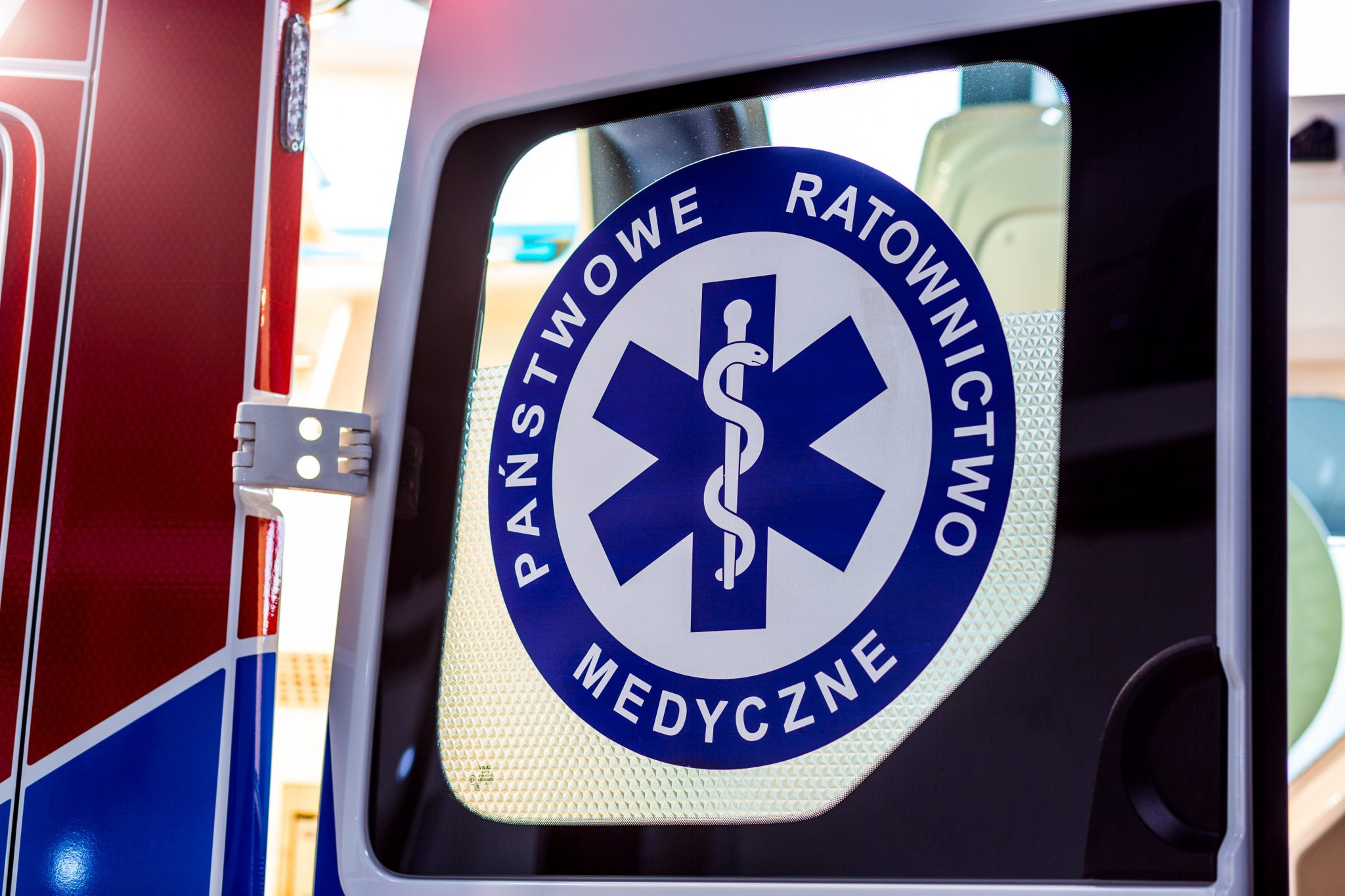System Ratownictwa Medycznego (SRM) in Poland translates to the Emergency Medical Services system. It's a vital part of the country's healthcare, designed to provide immediate medical assistance to individuals in life-threatening situations. The system is complex, involving various components working together to ensure a rapid and effective response.
Key Components of the SRM
The SRM consists of several key components. These work in coordination to ensure that anyone in need receives prompt and appropriate medical care. These include emergency medical dispatch, ambulance services, and hospital emergency departments.
Emergency Medical Dispatch
Emergency Medical Dispatch is the first point of contact for people experiencing a medical emergency. When you dial 112 or 999, you're connected to a dispatcher. These trained professionals ask specific questions to determine the nature and severity of the situation. They use a standardized protocol to assess the patient's condition.
Dispatchers prioritize calls based on the urgency. This process is known as triage. Serious cases receive immediate attention, while less urgent cases may experience a longer wait time. The dispatcher provides pre-arrival instructions to the caller, such as how to perform CPR or control bleeding. These instructions can be crucial in stabilizing the patient before the ambulance arrives.
Ambulance Services
Ambulance services are the core of the SRM. They provide transportation and initial medical care to patients at the scene of an emergency. Poland has two main types of ambulance teams: basic (P) and specialized (S).
Basic ambulance teams (P) usually consist of two paramedics. They are equipped to handle a wide range of medical emergencies. Specialized ambulance teams (S) include a doctor, a nurse or paramedic, and a driver. These teams are equipped to provide advanced medical care, such as intubation or administering medications.
Ambulances are strategically located throughout the country. Their location is based on population density and historical emergency call data. This ensures that ambulances can reach patients quickly. The response time targets are set by the Ministry of Health and are monitored regularly. The goal is to reach patients in urban areas within 8 minutes and in rural areas within 15 minutes.
Hospital Emergency Departments (Szpitalne Oddziały Ratunkowe - SOR)
Hospital Emergency Departments (SOR) are the final destination for many patients transported by ambulance. SORs are equipped to handle a wide range of medical emergencies, from minor injuries to life-threatening conditions. They are staffed by doctors, nurses, and other healthcare professionals with specialized training in emergency medicine.
When an ambulance arrives at the SOR, the patient is assessed by the medical staff. The patient's condition is evaluated, and treatment is initiated immediately. SORs provide a variety of services, including diagnostic testing, surgery, and intensive care. The goal is to stabilize the patient and provide definitive medical care. SORs are also responsible for coordinating the patient's transfer to other hospital departments or facilities if necessary.
Legislation and Organization
The functioning of the SRM is governed by the Act on Emergency Medical Services (Ustawa o Państwowym Ratownictwie Medycznym). This law defines the roles and responsibilities of various entities within the system. It also sets standards for training, equipment, and response times.
The Ministry of Health is responsible for overall oversight of the SRM. The Ministry sets national policies and standards. Regional authorities, called voivodeships, are responsible for coordinating the SRM at the regional level. They manage the dispatch centers and allocate resources to ambulance services and hospitals.
Challenges and Improvements
The SRM in Poland faces several challenges. One challenge is the increasing demand for emergency medical services. The aging population and the increasing prevalence of chronic diseases are contributing to this increase. Another challenge is the shortage of healthcare professionals, particularly paramedics and nurses.
The Polish government is working to address these challenges. Initiatives include increasing funding for emergency medical services. They are also working to improve training programs for healthcare professionals and streamlining the dispatch process. The introduction of telemedicine is also explored to provide remote consultations and support to ambulance teams.
Continuous improvement is essential for the SRM. Regular audits and evaluations are conducted to identify areas for improvement. The data collected is used to inform policy decisions and improve the effectiveness of the system. The goal is to provide the best possible emergency medical care to all citizens of Poland.
Real-World Example
Imagine a scenario where someone collapses at home due to a suspected heart attack. A family member immediately calls 112. The dispatcher quickly assesses the situation, recognizing the potential severity. They dispatch a specialized ambulance team (S) and provide instructions to the family member on how to perform CPR.
The ambulance team arrives within minutes. They begin advanced life support measures, including administering medication and providing oxygen. The patient is then transported to the nearest hospital emergency department (SOR). At the SOR, the patient undergoes further evaluation and treatment. This includes diagnostic testing and potentially angioplasty to open a blocked artery.
This example illustrates how the various components of the SRM work together to provide timely and effective medical care. From the initial call to the dispatcher to the treatment at the hospital, each step is crucial in saving the patient's life. The SRM is designed to handle a wide range of medical emergencies, ensuring that help is available when it is needed most.

